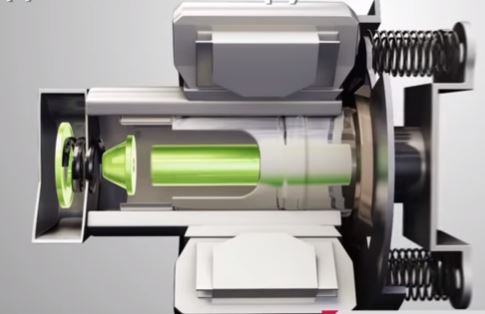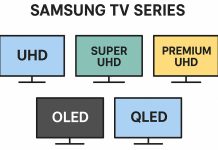To attract buyers, refrigerator manufacturers often advertise extended warranties that go beyond the legally required coverage. In some countries, these offers include warranties of 6 to 10 years on specific components. But how meaningful are these extended warranties? Are they truly beneficial, or just another sales tactic?
Standard Warranty Terms
Manufacturers design their warranty policies to minimize the number of eligible claims. The terms often include strict conditions:
The refrigerator must be used solely for household purposes. If a residential refrigerator is installed in a commercial setting, such as a store, the warranty becomes void.
Warranty coverage is valid only for the original buyer. If the refrigerator is purchased second-hand — for example, through a classified ad or auction — the warranty is no longer valid. Manufacturers track ownership by encouraging product registration on their official websites. When registering, you provide personal details like your name and email address. If you contact a service center and the product is registered under a different name, warranty service will be denied.
Full Warranty Coverage
By law, manufacturers are required to offer a full warranty on the refrigerator itself. This usually lasts one year, though in some countries (like the UK) it can be two years. During this period, the manufacturer covers the repair or replacement of any faulty parts at no cost to the consumer. If the refrigerator cannot be repaired, it must be replaced with a new one.
Extended Warranty on Specific Parts
Some brands offer longer warranties on specific components, but these vary in value and reliability:
For example, inverter compressors may come with a 5–10 year warranty. However, this type of warranty often proves to be more symbolic than useful, as it typically covers only the part itself—not the labor or diagnostics.
A better option is a warranty on the sealed system, which includes the compressor, evaporator, condenser, and dryer. This is more meaningful coverage, but is typically offered only in markets with strong competition, such as the U.S. or Canada.
How Extended Warranty Works in Practice
Imagine you buy a refrigerator with a 10-year warranty on the inverter compressor. After three years, it breaks down. You contact the service center, and a technician comes to inspect the unit. After testing, they may replace the control board, only to discover the compressor is defective and must be replaced in the service center.
Here’s where it gets tricky: yes, the compressor may be covered, but the labor, diagnostics, and transportation might not be. In some cases, the root cause of the issue may not even fall under the extended warranty’s coverage. As a result, you could still face repair costs — despite the advertised warranty.






